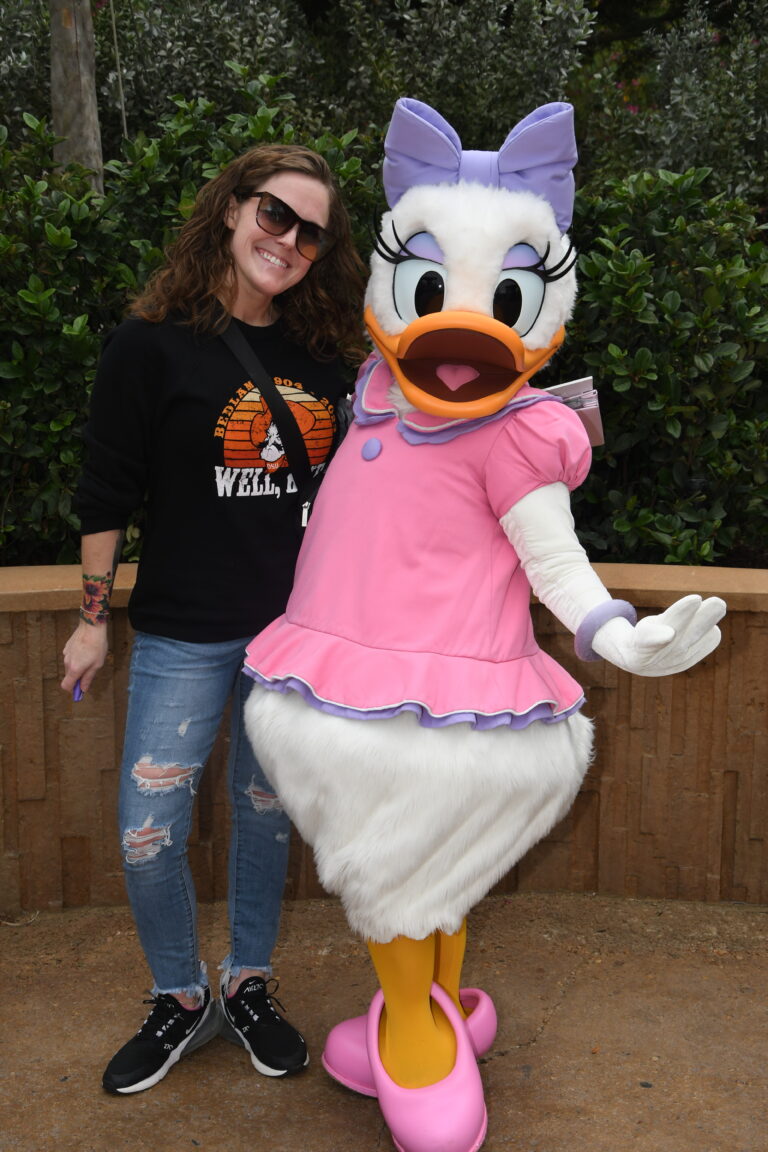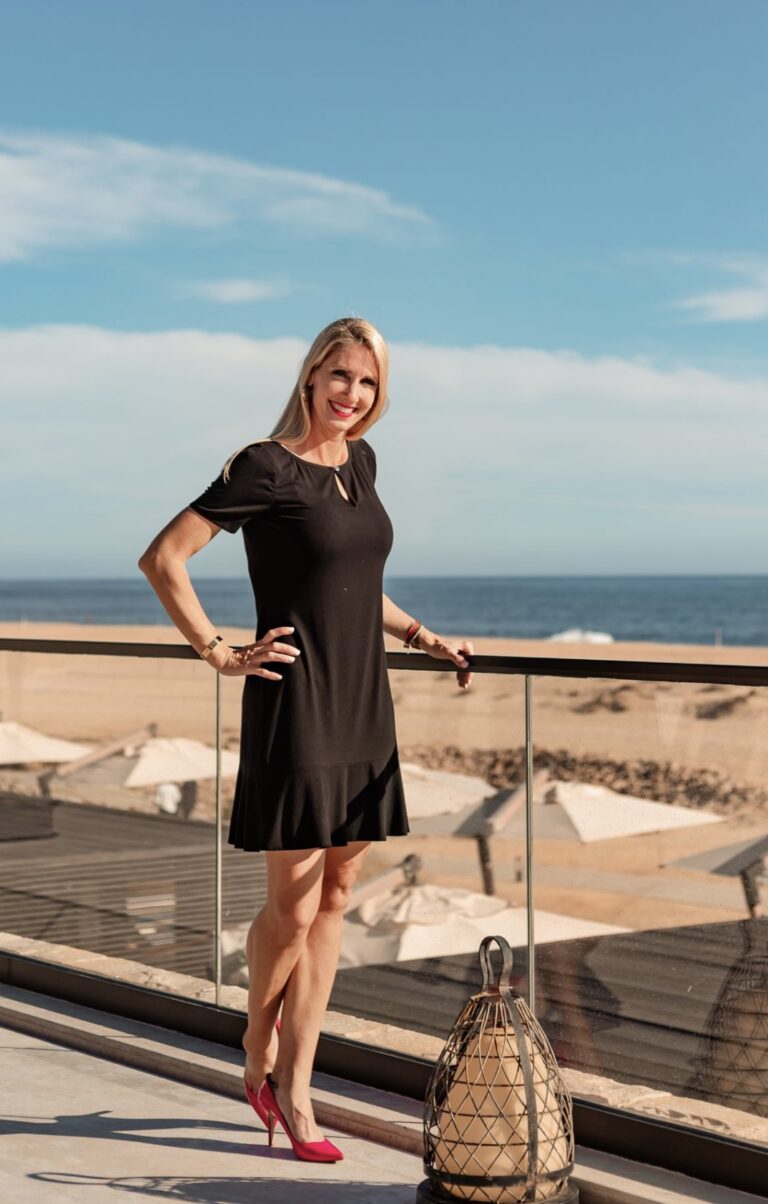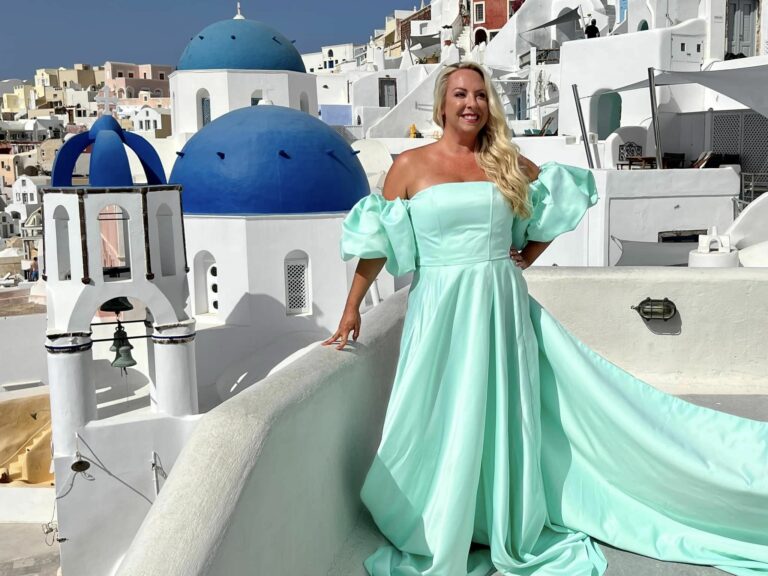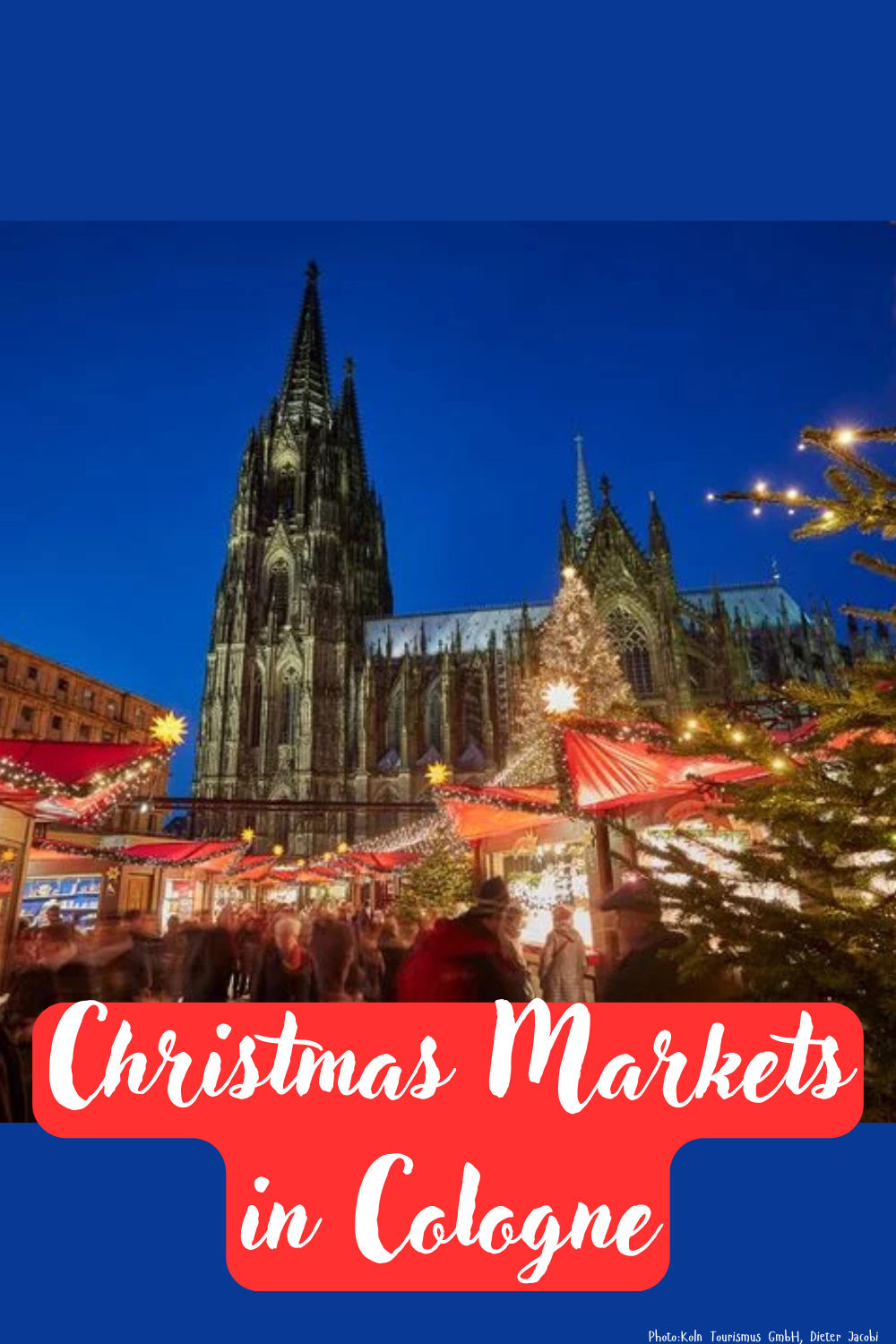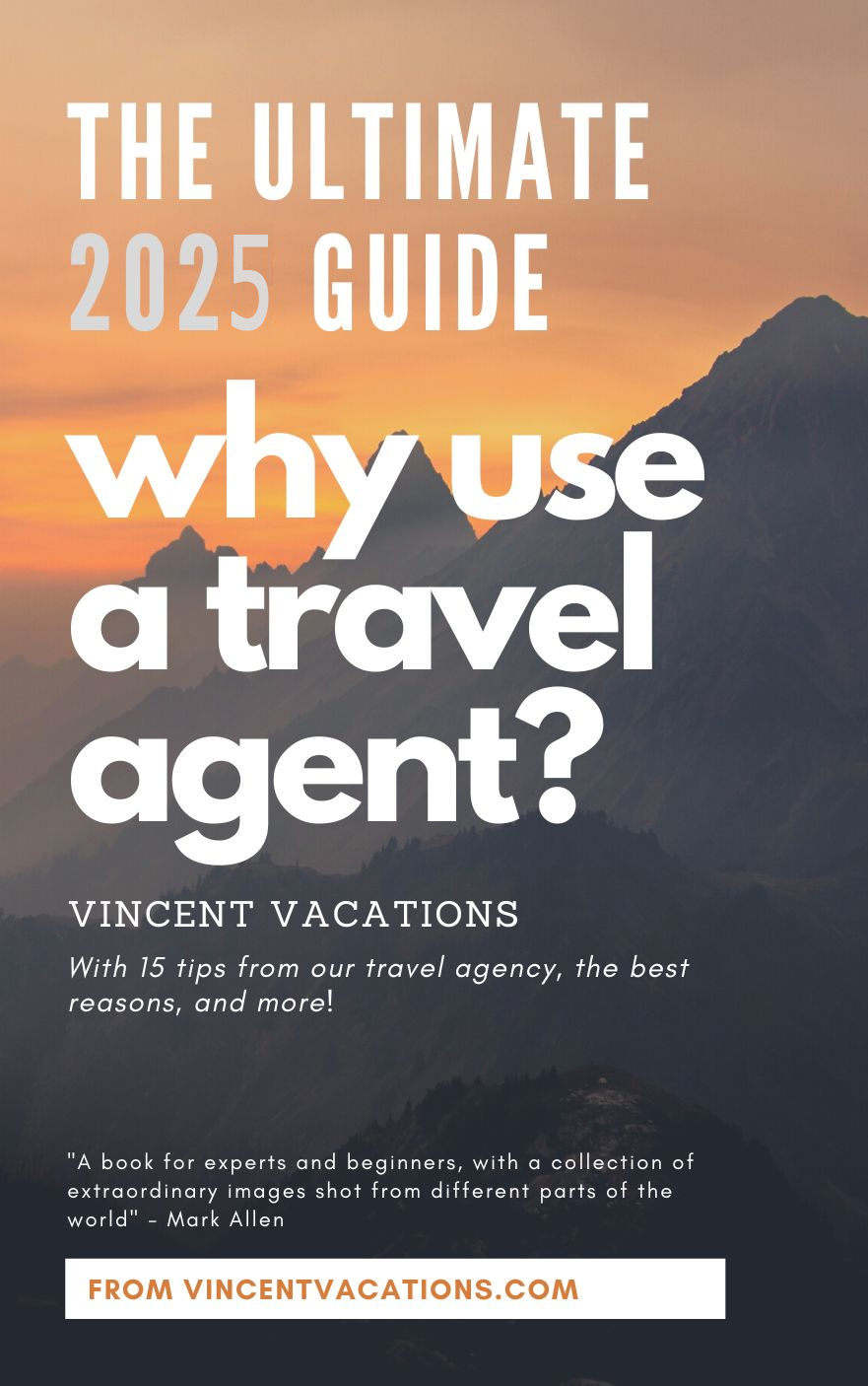Overview
Introduction

Located on the Rhine River, the delightful city of Cologne can trace its origins back to the Roman era. It has the largest and most famous church in Germany (and that's quite a statement).
The city is filled with architectural marvels both old and new, and it's also home to some of Germany's best art and history museums.
Apart from its sights, the best reason to visit Cologne is to experience its friendly atmosphere—it's one of the most fun-loving cities in Europe. Much of the activity centers around pubs, where people gather to drink kolsch, the local beer, which is served in small glasses.
Entertainment is available everywhere one turns in Cologne, from festivals to a prolific opera program. Located 120 mi/190 km north of Frankfurt, Cologne is well worth devoting a few days to, and makes a great starting point for exploring other cities in the area such as Aachen and Bonn.
Cologne has its own dialect known as Kölsch. About 25% of Cologne's population speaks this German dialect but many more in Cologne understand it.
Geography
Cologne lies in the state of North Rhine-Westphalia midway between Dusseldorf and Bonn.
Being a busy hub of industrial activity, this area has many factories and commercial establishments. It's also considered to be the media capital of Germany, with many TV and radio stations hosting their headquarters there. Cologne is well-connected by autobahns and an efficient railway system.
History
Cologne boasts a 2,000-year-old history with a rich cultural background. The Romans controlled the city, which was called "Colonia Claudia Ara Aggrippinensium," before it was shortened to Colonia, then Cologne.
This bustling metropolis known as the cathedral city still maintains its old-world charm. The foundations for the city were laid in a small, insignificant village called Ubli around AD 50.
Cologne was home to members belonging to the high echelons of society, led by the imperial governors. It flourished as an important trade and production center of the Roman Empire. The rulers left behind landmarks such as cathedrals and period buildings that were built in the Gothic style of architecture.
The city fell into the hands of the French, and emperor Charlemagne, who ruled Western Europe in the eighth century, made the city an archbishopric. Cologne was virtually under the control of the archbishops until it became a free imperial city in 1475.
Cologne once enjoyed the status of being one of the most important trade centers in all of Europe. But by the turn of the 19th century, new economic systems and channels were introduced and the city lost most of its sheen. Toward the end of the 19th century, the city underwent a phase of rapid development that ultimately led to it becoming an important industrial center. The city was almost totally destroyed during World War II, but work on rebuilding commenced in 1947.
Extensive restoration and rebuilding has resulted in a beautiful and varied landscape of buildings in the city, which is a cultural hub of the Rhineland.
Potpourri
Cologne has a connection to Henry Ford. In 1930, Ford collaborated with Konrad Adenauer, the then mayor of the city, to set up a new car factory in Cologne. It was Adenauer who persuaded Ford to start the unit. Ford agreed, as the company had a plant for parts in Hamburg already. The first car to roll out of the assembly line was an A-model that got rave reviews.
The fragrance Eau de Cologne got its name from this city. Literally, it means "Water from Cologne," but is also known as simply, cologne. The term "cologne" now refers to any fragranced water, regardless of origin.
Location
Cruise ships dock in the heart of the Old Town, along a 1-mile-/2-km-long stretch between the Chocolate Factory and the central railway station. The cathedral is a five- to 10-minute walk from where the ship docks. The closest airport, Cologne Bonn Airport, is 9 mi/15 km from the port.
Shore Excursions
Most tours center on Cologne's most popular tourist destination: its Cathedral (Kolner Dom). Guided tours usually also go into the Domshatzkammer (Cathedral Treasury), a lovely layout of liturgical objects in medieval rooms.
With a rich religious past, tours also focus on the city's bounty of beautiful Romanesque churches, most of which remained untouched during World War II. Stops are made at St. Maria in Kapitol, Gross St. Martin and St. Geron, all of which were constructed between 1150 and 1250, along with a stop at the Roman History Museum.
In summer, walking and biking tours of Cologne's Old Town are popular, and generally last about 90 minutes. Often, they end at one of the old breweries, where guests can relax over a glass of kolsch.

















